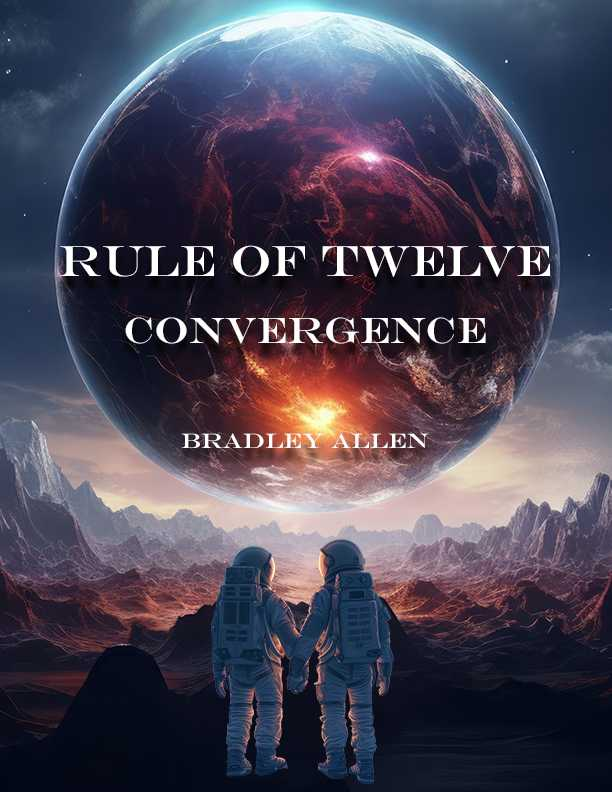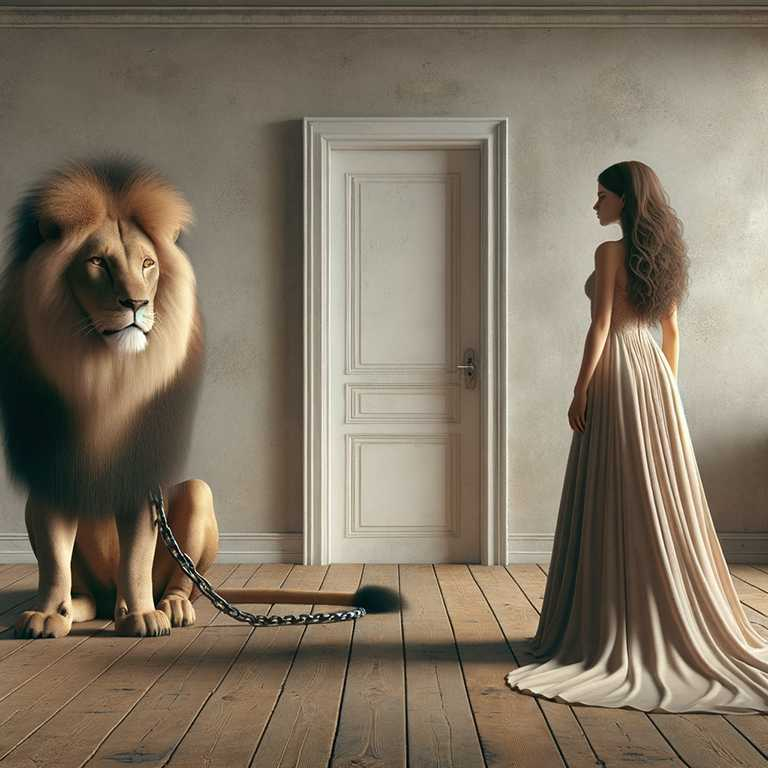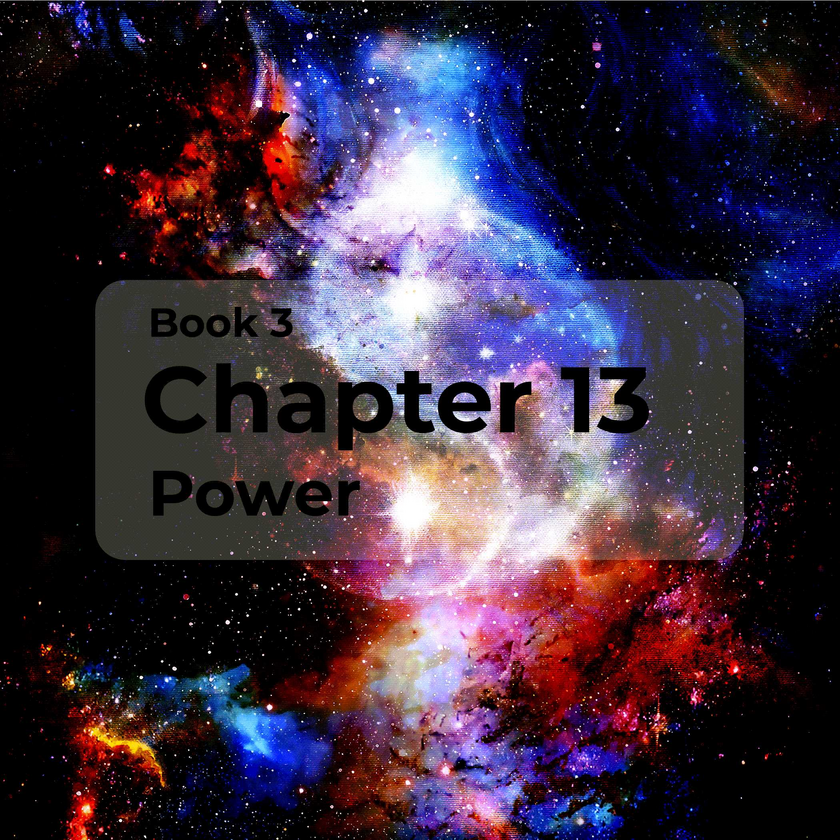“Notwithstanding the hardships, it felt like a pretty satisfactory life,” Marr added.
“There were certainly some good things going on,” Dukk acknowledged.
“You sound a little hesitant.”
“It wasn’t all rosy down there. They have conflict, substance abuse and social problems from time to time. They have a disciplinary process and even a lock-up.”
“Of course, there can’t be growth without conflict and problems to overcome. The pretence of the absence of that in the Rule of Twelve is telling in how it stifles the potential for learning and therefore, growth.”
“Interesting,” Dukk commented.

After a moment, Dukk asked, “What did you make of their division of labour?”
“Do you mean when they have young children?”
“Yes, but also roles at other times too. The men and women might share the same shift, but they don’t do the same tasks.”
“I think it works. It keeps the balance. They are taking advantage of typical natural abilities specific to each.”
“What do you mean?”
“On average women are into the details, but men are more about the gist. Women see the trees. Men see the forest. On average women have better command of linguistics, but men are better at mathematical comprehension.”
“This is contrary to the teaching under the Rule of Twelve.”
“It is.”

“You mentioned balance. We have balance. How is what we have different?” Dukk asked.
“Perhaps we are talking about different ideas of what balance is.”
“Balance is about safety. Compliance. Calmness. That type of thing.”
“That is what the Rule of Twelve teaches. But that is not balance as I see it,” Marr replied.
“How do you see it?”
“I mean the balance between order and chaos. The right balance brings stability but with sustainable growth.”
“Are you saying that balance isn’t there under the Rule of Twelve?”
Marr laughed.
She then added, “Do you think there is stability and growth under the Rule of Twelve?”
“Yes, well there is definitely stability.”
“Disappearing someone who doesn’t go along with the party line isn’t stability for that individual.”
“No. Good point. Why don’t we have your version of stability?”
“The balance between the masculine and the feminine ego broke.”
“Is this answer going to involve another child’s story? A story like the explanation of where the war is at and the take on the Hansel and Gretel story?”
“No, I will lay it out straight,” Marr said laughing.

Marr then continued.
“The masculine ego is concerned with leading from the front. Being at the top of the pile. The top dog in the hierarchy. As such masculine ego is upfront, bullish, confrontational. Physical strength is key here. That physical strength is utilised to get to the front and to stay there. Success for the masculine ego is measured by the height of the structure they are on top of. Control for the masculine is about maintaining the top position. The masculine ego also looks for the spoils of that position.”
“What do you mean by spoils?”
“Unquestioned authority, but also comforts, luxuries, and finery.”
“Women?”
“Yes, concubines. An unlimited supply.”

“And the feminine ego?”
“The feminine ego is concerned about being in the centre. The feminine ego desires dependency. Sociability and influence are key strengths here. Success for the feminine ego is about the breath of the network around them. The larger the sphere the better. Control for the feminine is about staying in the centre. The feminine ego also looks for spoils.”
“Like what?”
“Some material in nature, but mostly reassurance that all others are totally helpless without them.”
“So, what is broken?”
“The Rule of Twelve has the extremes of both. The Rule of Twelve drives high dependency and enforces it via an iron fist.”
“So, for it to work must one have the opposite?”
“No. Not really the opposite. Just balance.”
“What do you mean?”
“A masculine ego driven leader charges out to battle and in doing so gets disconnected from those at the back or those supporting the endeavours of the leader. Those supporting the leader need their concerns to be heard and addressed too. The feminine ego thrives on that aspect. The innovative and bullish notions of the masculine ego can stretch the resources of the leader too thin or cause instability. The whole structure is susceptible to being smashed from outside. The feminine ego brings stability to the structure, through listening, compassion, and influence.”
“So, the masculine ego has the best chance of succeeding when there is a feminine ego behind the scenes?”
“Well, in front or behind is a matter of perspective.”
“Good point. But isn’t it still a subservient relationship?”
“Let me paint another picture. So, a feminine ego driven leader builds out from themselves. The feminine ego brings all decisions back to the centre. This makes followers overly dependent. Innovation and growth get stifled in the absence of independent thought or autonomy. The structure becomes overly dependent on the centre and implodes. The masculine ego brings that strong need for autonomy. It drives the independent thought. It enables the feminine ego to see what should be let go of. This facilitates autonomy.”
“I see. Neither approach works in isolation. Each cancels out the failings of the other.”
“Yes, but they also complement each other too,” Marr added with a smile.

Excerpt from Rule of Twelve, Book 2 - Convergence, Chapter 19






















